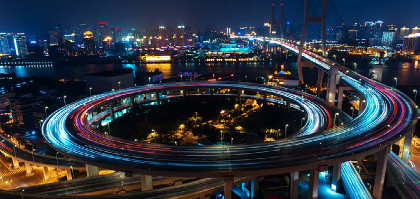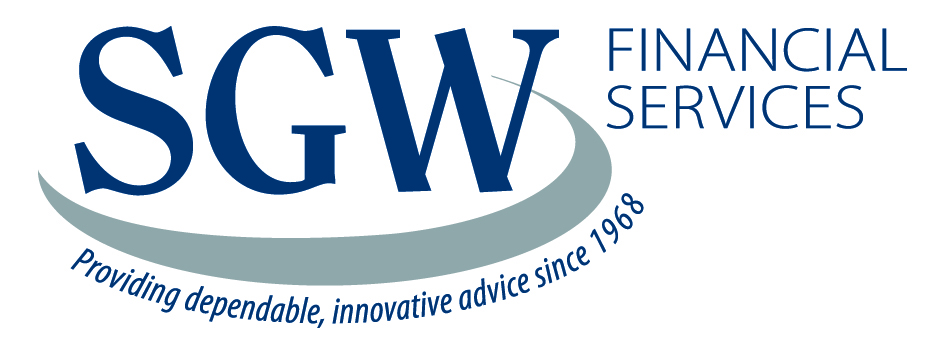At AMP’s recent Amplify event, Mark Moore, Uber’s engineering director of aviation and Nick Earle from Hyperloop One, spoke about how innovation is likely to change the face of public transport. Emerging public transport systems are poised to free up road and rail systems, leading to less congestion and better use of infrastructure.
As an example, Uber’s vision for the future of commuting involves a self-driving electric car picking up a passenger and taking them to a nearby teleport, from which an unmanned air taxi would take them to their destination teleport, where another Uber car would pick them up and take them to their final destination.
Hyperloop One’s vision is different but likely to be complementary. They envisage ‘packetised transportation’ that can carry both passengers and cargo in a pod which travels at high speed through a tube using magnetic levitation. It’s energy agnostic and has the ability to draw power from various sources including renewable sources such as solar. The target speed is just below the speed of sound, so a Sydney to Melbourne trip could take just 60 minutes.

Both visions will slash trip times and take cars off the road, and also provide new infrastructure investment opportunities.
The future of infrastructure
Any reduction in the number of vehicles on roads will have further flow on effects to related infrastructure and this is a major trend of which infrastructure investors need to be aware. For instance, there will be less need for big CBD parking stations, which may be able to be repurposed, for example as logistics hubs or as electric vehicle charging stations.
These changes may also impact the nature of our cities. They may allow for even larger cities, possibly incorporating several centralised hubs, and larger population densities.
Given competition will be fierce among technology providers, one strategy for infrastructure investors may be to back the facilities and systems needed to support new transport modes.
For example, an electric-vehicle future may require an amplification of renewable generation and distribution capacity. This will require construction of many battery charging or swap stations in major built up areas. This is an opportunity for investors.
Ultimately, it will take time, new regulations and substantial public education to switch to a new model for public transport. While it’s impossible to predict the future, given how gridlocked Australia’s road and rail networks are, it’s only a matter of time before new approaches make practical and economic sense.
Source: AMP Capital 16 August 2018
Author: John Julian has over 22 years financial sector and investment experience in both legal and commercial roles. John joined AMP Capital Infrastructure as an Investment Specialist in 2008, and since then has worked closely with the Global Infrastructure Team across all aspects of AMP
Important notes: While every care has been taken in the preparation of this article, AMP Capital Investors Limited (ABN 59 001 777 591, AFSL 232497) and AMP Capital Funds Management Limited (ABN 15 159 557 721, AFSL 426455) makes no representations or warranties as to the accuracy or completeness of any statement in it including, without limitation, any forecasts. Past performance is not a reliable indicator of future performance. This article has been prepared for the purpose of providing general information, without taking account of any particular investor’s objectives, financial situation or needs. An investor should, before making any investment decisions, consider the appropriateness of the information in this article, and seek professional advice, having regard to the investor’s objectives, financial situation and needs. This article is solely for the use of the party to whom it is provided.
